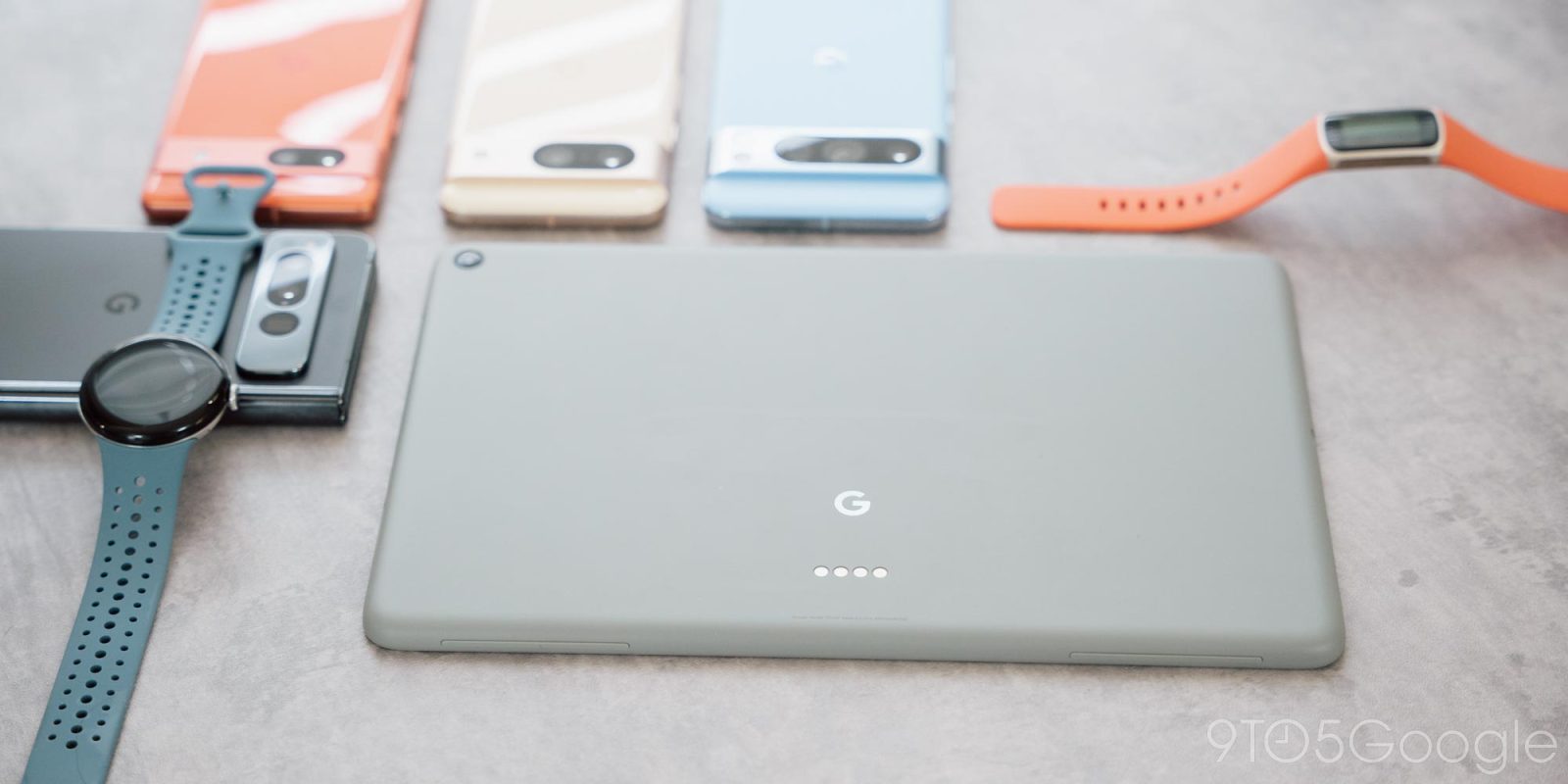
In addition to announcing that Pixel 8 is getting Gemini Nano, Google today talked about how its 7-year update promise will work.
The latest Made by Google Podcast episode talks to Seang Chau, “VP of Devices & Services Software.”
To get to 7 years of updates, Google reiterates how it had to work with suppliers and partners, including the Android team and carriers. One aspect of this is making sure “labs are equipped to do that kind of continuous testing.” Another is using the same Tensor chip for each generation, with Google noting how “the SoC generates probably the most complexity when we’re talking about software updates.”
Meanwhile, the switch to year-round beta programs with Quarterly Platform Releases (QPRs) plays a role:
“…now that we have these beta programs year-round, we have much more confidence that we’ll have a reliable update for users on a quarterly basis because we have a lot of beta testers. …and ensure that features that we’re moving from the annual releases to these quarterly releases are going to work and work well for our users.”
In terms of choosing 7 years of updates after doing 5 (3 OS + 2 security), Google looked at active user data and how long a Pixel device was in use for, including if its resold, given to family members, etc.
“So when we look at the trajectory of where the original Pixel that we launched in 2016 landed and how many people were still using the first Pixel, we saw that actually, there’s quite a good active user base until probably about the seven-year mark. So if we think about, okay, we want to be able to support Pixel for as long as people are using the device, then seven years is about that right number.”
In terms of what features you get towards the latter end of those 7 years, Google says it will try to make software-only features that don’t require extra RAM, storage, co-processor, or “some other hardware capability.”
“…we do our best to make sure that feature does go back to currently supported products. And you’ll see a history of that where we’ve done exactly that. Where if it’s a software only feature, we try to make sure that it’s available on supported devices.”
Finally, Google shared some more background on the decision to bring Gemini Nano to the Pixel 8. RAM (8 vs. 12 GB) was indeed the big consideration since the on-device LLM model is very “memory resident,” or intensive.
Google has been “doing a lot of testing and validation to make sure that we weren’t going to deliver [a] much worse experience.”
“We didn’t even make it memory resident by default on Pixel 8 Pro because we didn’t want to degrade the experience there. We’re doing what we call lazy loading of the model when you go to Summarize in the Recorder app. Smart Reply is something that requires the models to be RAM resident so that it’s available all the time. You don’t want to wait for the model to load on a Gboard Reply, so we keep it resident. And that, of course, is behind the developer option.”
Ahead of the next Feature Drop, Google is “still doing system health validations.”

Pixel 8 Pro in Developer options
FTC: We use income earning auto affiliate links. More.
Comments